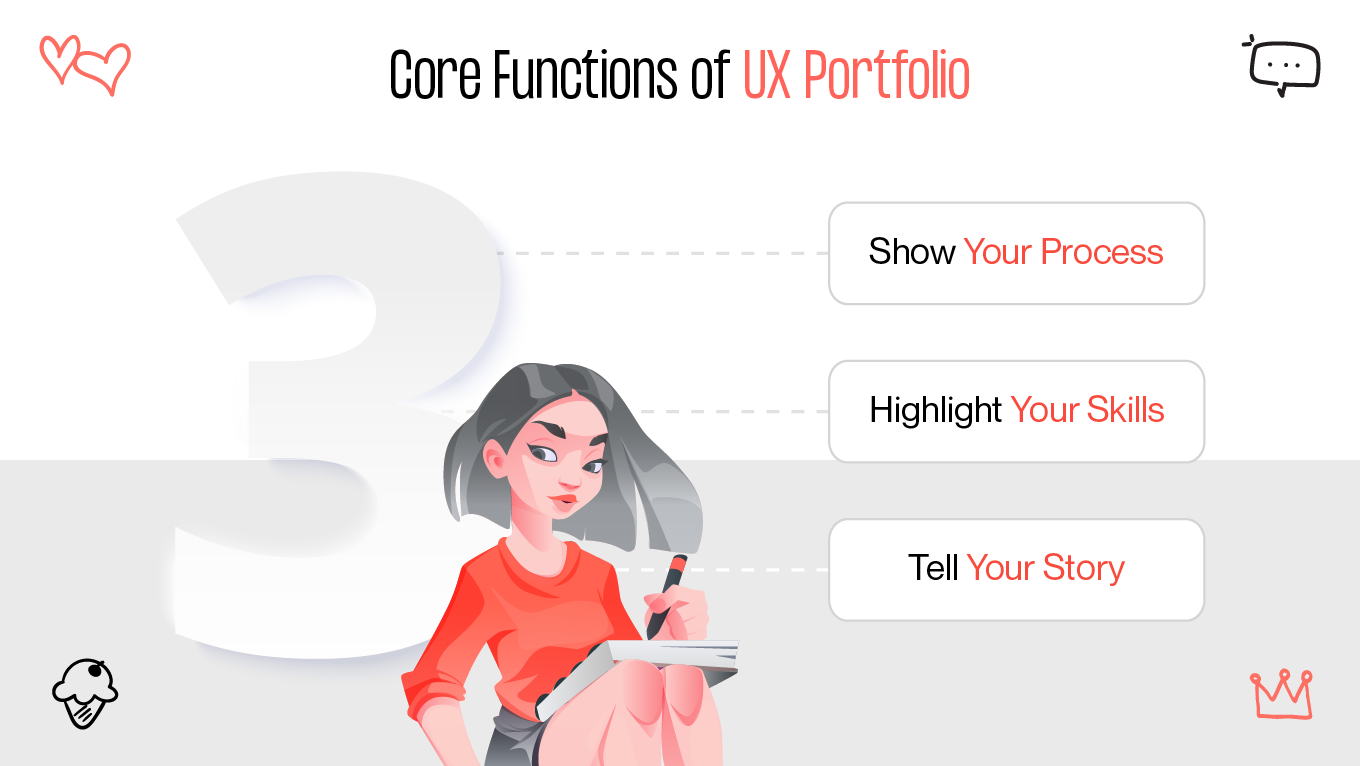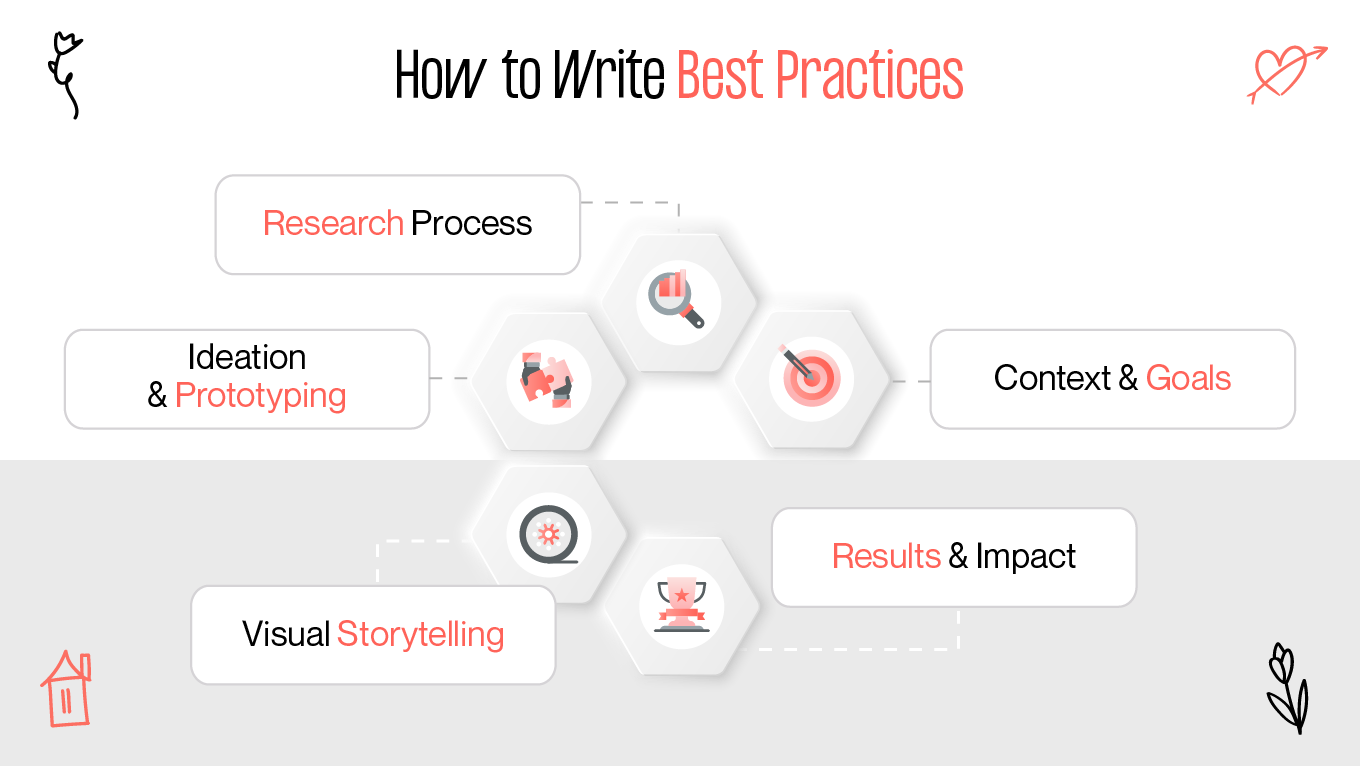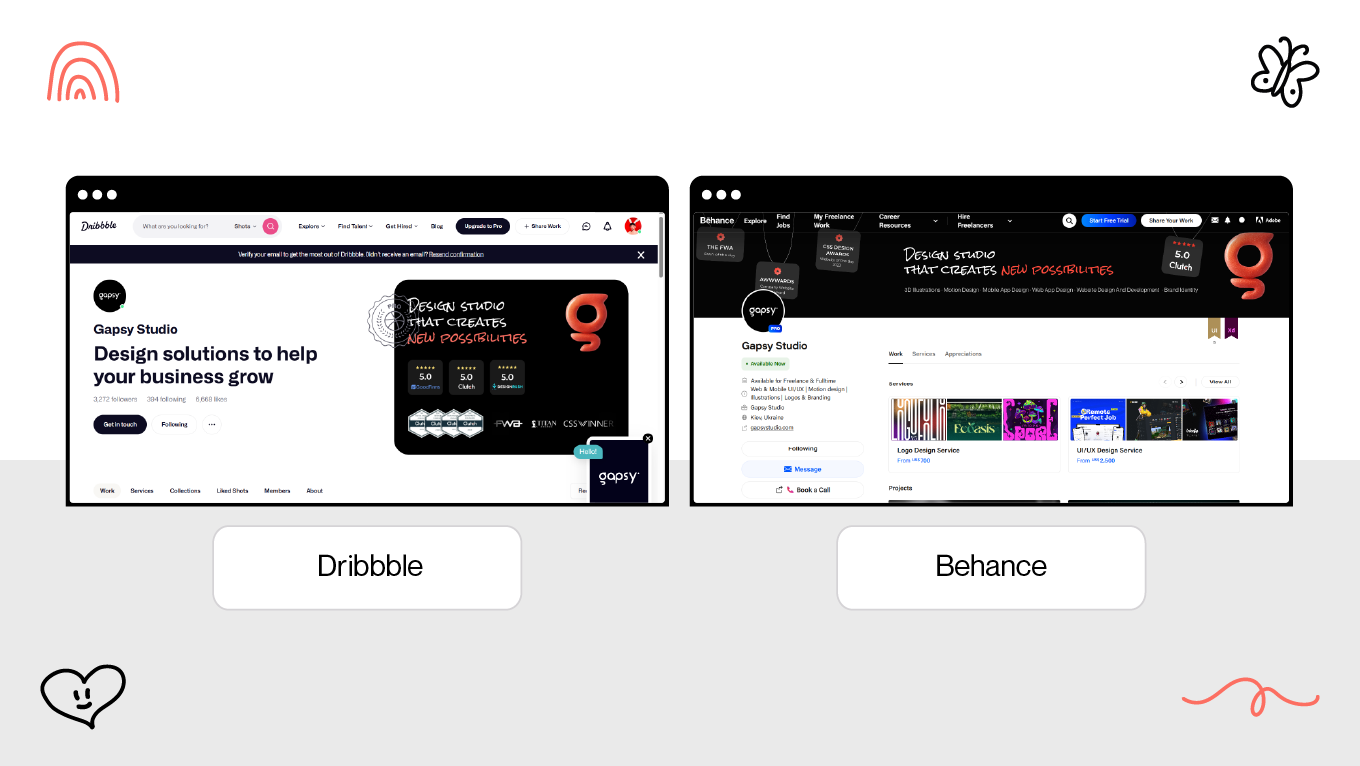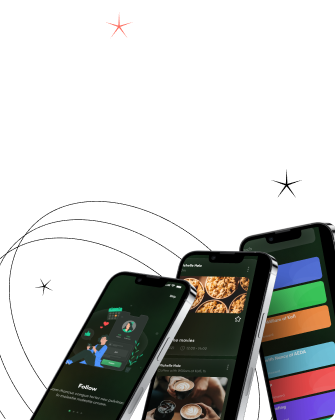In UX design, your portfolio is your most powerful career tool. It does more than showcase your visual skills; it demonstrates your process, critical thinking, and the impact you create. In this article, we’ll share actionable ux portfolio tips, explore how to create UX portfolio pieces that highlight your strengths, and provide strategies to stand out in a crowded market.








